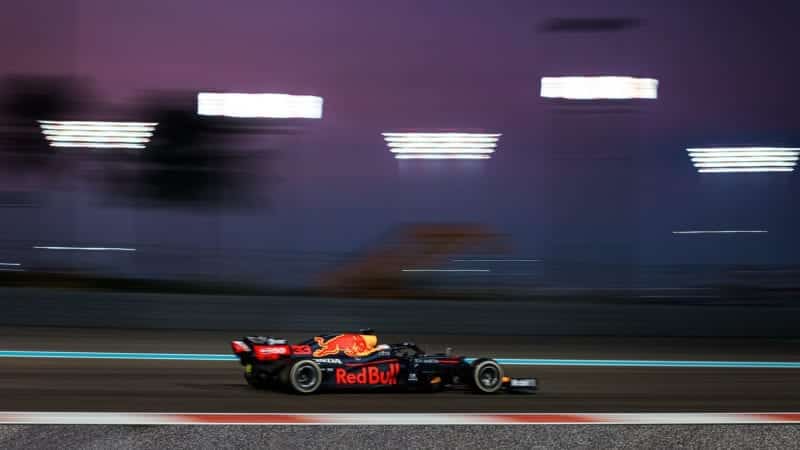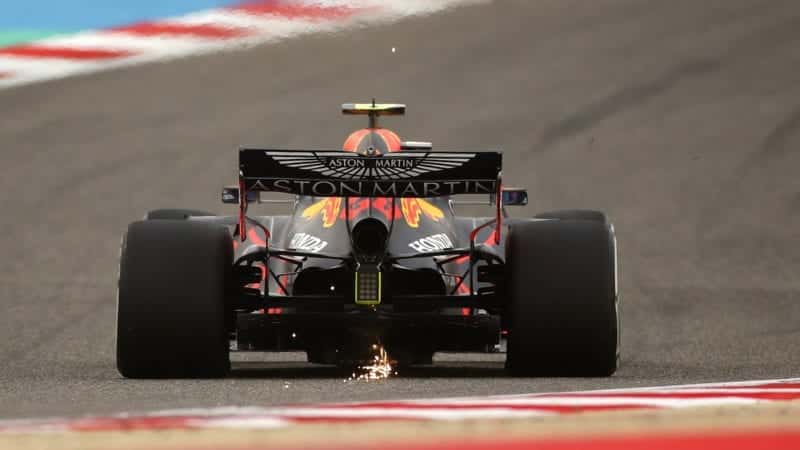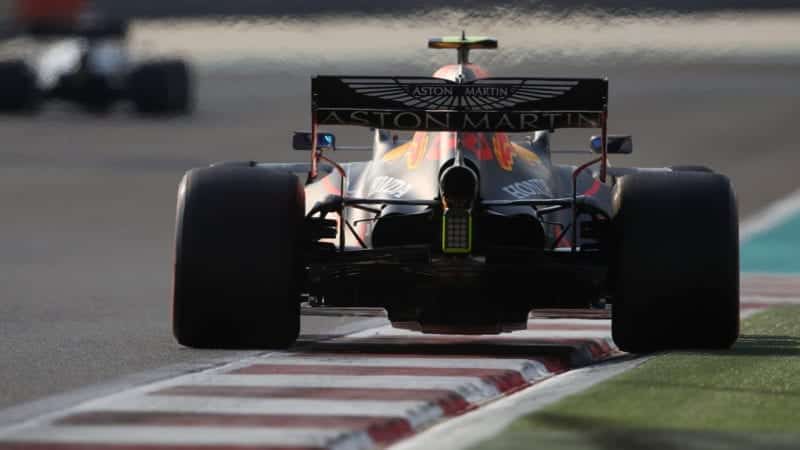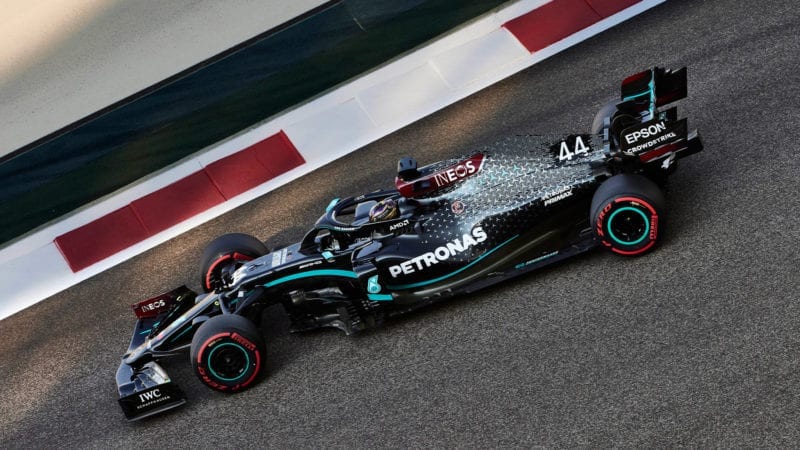An improved Red Bull and a slightly less than fully fit Mercedes finally swung the balance in the last race of the season, Max Verstappen winning from pole in Abu Dhabi, ahead of Valtteri Bottas and Lewis Hamilton throughout.
Hamilton, returning from his recent bout of Covid, was not in great physical shape himself and reckoned the race had wiped him out. Maybe a fully fit Hamilton could have made the difference in qualifying – he was less a tenth off Verstappen as it was – and that might have given him the track position to win even against a Red Bull that was faster on race evening. But he wasn’t – and so the Red Bull, with its new single pillar rear wing, had a crucial edge on both Saturday and Sunday.
Mercedes simply did not find the car’s balance sweet spot all weekend.
The nature of the track, the way it mitigates against overtaking in both its layout and the way it imposes thermal degradation on the tyres, thereby obliging drivers to drive to a set pace, locked Verstappen’s pole into victory. Furthermore, a lap 10 safety car to retrieve Sergio Perez’s broken Racing Point triggered all of the top 10 into pitting immediately – thereby denying Mercedes the chance of applying a different race strategy to Red Bull. So just setting things even further in stone for Verstappen. Then there was Alex Albon, running relatively strongly in fourth. His presence there, never that far behind Hamilton, kept Mercedes locked into trying anything tricky, like a two-stop – as they would always have emerged behind him if they’d tried.
So it was a perfect evening for Verstappen, a solid one for Bottas, one which Hamilton was glad to get to the end of and an encouraging one for Albon. Well behind the lead quartet, McLaren’s fifth and sixth places for Lando Norris and Carlos Sainz combined with Perez’s retirement and Lance Stroll’s quiet race to 10th nicked third place in the constructors’ championship from under the nose of Racing Point.
Red Bull’s improvement
Red Bull has continued to develop its car throughout the season, even as Mercedes switched off development after Spa. So the gap between them has been steadily eroding. It was very close last weekend at Sakhir where Verstappen had qualified within hundredths of Bottas’ pole, but we didn’t see it play out in the race on account of his lap one retirement. From hundredths behind there, it was hundredths in front here.
A single pillar rear wing was trialled in Bahrain and was run right from the start of the Abu Dhabi weekend. It seemed very efficient. It was helping get the RB16 down the long straight up to Turn Eight very quickly, even though its terminal speed was restricted by the early clipping of electrical power on the Honda compared to the Mercedes.





